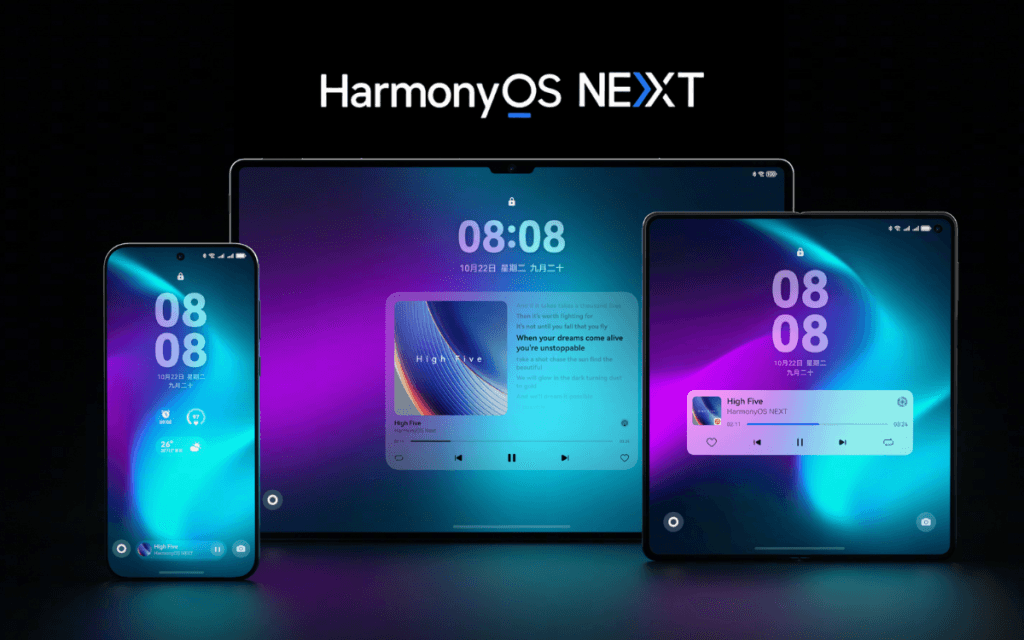The rivalry in the mobile OS sector has become more fierce with the launch of HarmonyOS Next by Huawei. This latest version marks a departure from earlier iterations that were heavily based on Android’s core. Instead, HarmonyOS Next is constructed on a standalone microkernel framework.
Aiming for Independence
With this fresh operating system, Huawei’s goal is to create a unique ecosystem that can stand toe-to-toe with both Android and iOS. In the following sections, we will delve into the main contrasts between HarmonyOS Next and Android, particularly in system architecture, application ecosystem, openness, performance, and future possibilities.
System Architecture Overview
The architecture of a system is crucial as it lays the foundation for an operating system, influencing its efficiency, reliability, and ability to grow. Android operates on the Linux kernel with a monolithic design, which means that core components such as memory management, device drivers, and network support are integrated into the kernel itself. This design gives Android its strength and flexibility, but it can also lead to system vulnerabilities. A failure in one module can disrupt the stability of the whole system.
Moreover, Android’s reliance on Linux and the Android Open Source Project (AOSP) gives developers the ability to craft custom ROMs, providing flexibility but also requiring considerable resources.
A New Approach with HarmonyOS Next
In contrast, HarmonyOS Next presents a self-created microkernel architecture, removing any ties to Linux or AOSP. Unlike the monolithic structure of Android, the microkernel in HarmonyOS Next is streamlined, encompassing only the fundamental operations such as task management and memory distribution.
This configuration boosts efficiency and security because problems in non-essential modules won’t compromise the entire system. Additionally, the microkernel design fosters better collaboration across devices, allowing for smooth integration between smartphones, tablets, wearables, and smart home devices.


Leave a Reply